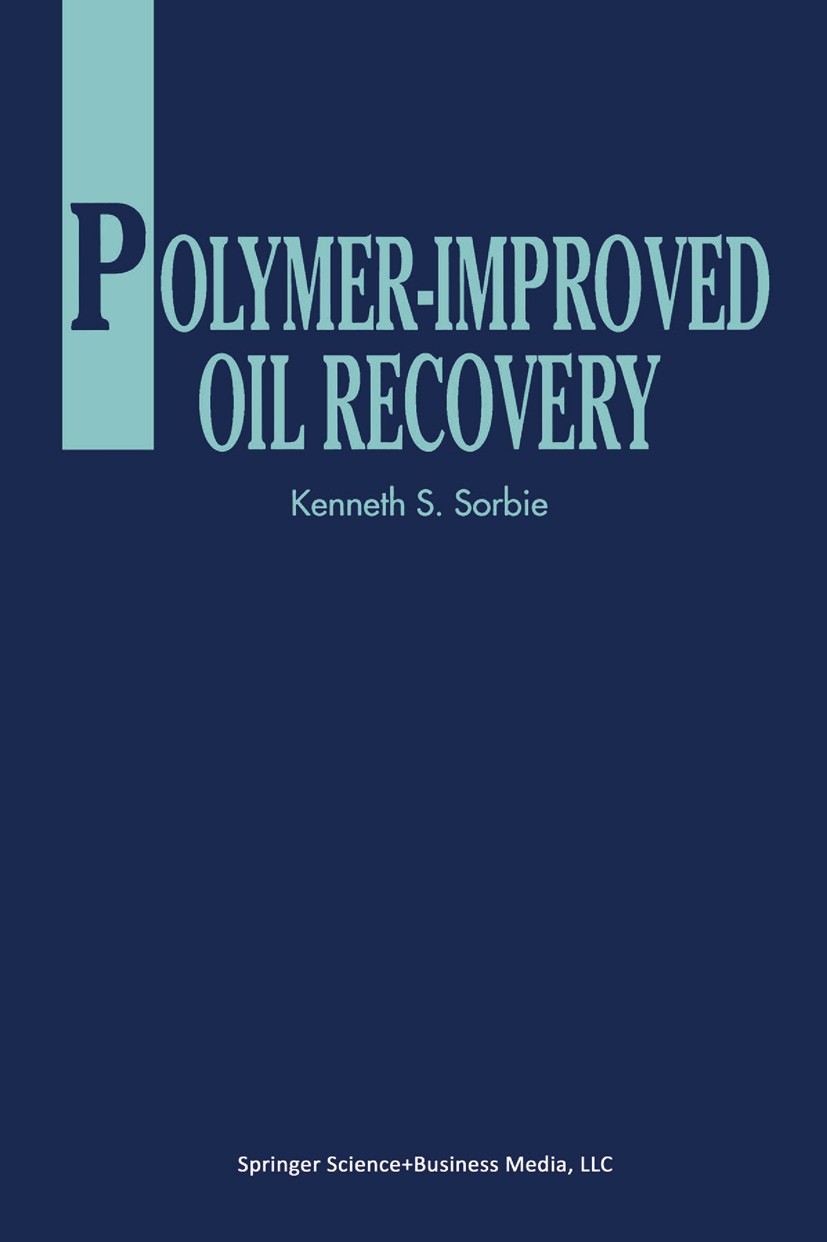| 书目名称 | Polymer-Improved Oil Recovery | | 编辑 | K. S. Sorbie | | 视频video | http://file.papertrans.cn/752/751259/751259.mp4 | | 图书封面 |  | | 描述 | The importance of oil in the world economy cannot be overstated, and methods for recovering oil will be the subject of much scientific and engineering research for many years to come. Even after the application of primary depletion and secondary recovery processes (usually waterflooding), much oil usually remains in a reservoir, and indeed in some heterogeneous reservoir systems as much as 70% of the original oil may remain. Thus, there is an enormous incentive for the development of improved or enhanced methods of oil recovery, aimed at recovering some portion of this remainil)g oil. The techniques used range from ‘improved‘ secondary flooding methods (including polymer and certain gas injection processes) through to ‘enhanced‘ or ‘tertiary‘ methods such as chemical (surfactant, caustic, foam), gas miscible (carbon dioxide, gas reinjection) and thermal (steam soak and drive, in-situ combustion). The distinction between the classification ofthe methods usually refers to the target oil that the process seeks to recover. That is, in ‘improved‘ recovery we are usually aiming to increase the oil sweep efficiency, whereas in ‘tertiary‘ recovery we aim to mobilise and recover residual or | | 出版日期 | Book 1991 | | 关键词 | carbon; chemistry; classification; combustion; development; efficiency; fluid mechanics; gas; polymer; resear | | 版次 | 1 | | doi | https://doi.org/10.1007/978-94-011-3044-8 | | isbn_softcover | 978-94-010-5354-9 | | isbn_ebook | 978-94-011-3044-8 | | copyright | Springer Science+Business Media New York 1991 |
The information of publication is updating

|
|
 |Archiver|手机版|小黑屋|
派博传思国际
( 京公网安备110108008328)
GMT+8, 2025-11-22 08:09
|Archiver|手机版|小黑屋|
派博传思国际
( 京公网安备110108008328)
GMT+8, 2025-11-22 08:09


